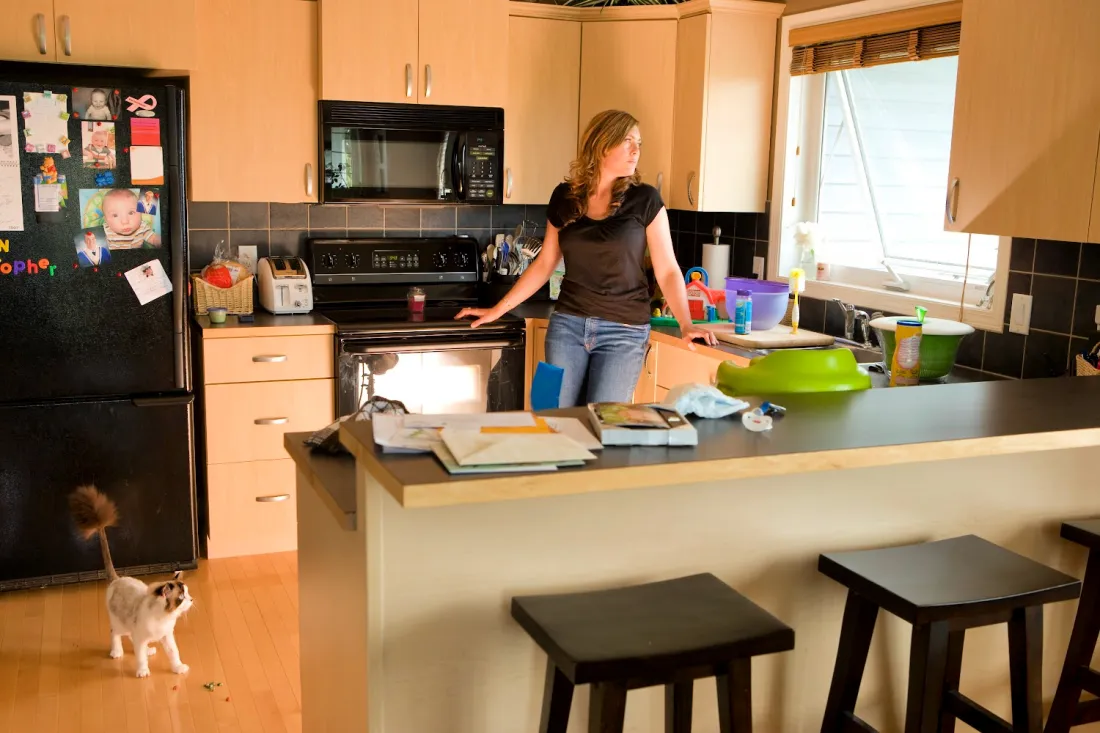
September is Baby Safety Month, a perfect reminder for parents to revisit safe sleep practices. Sleep is one of the greatest luxuries for new parents, especially during the first few months of a newborn’s life. Most families choose a bassinet because it allows their baby to sleep in the same room, making nighttime care easier and helping parents feel reassured. With an Arm’s Reach® CO-SLEEPER® bassinet, parents gain the added benefit of having their little one close by while still in a safe, separate sleep space.
However, as many parents quickly discover, getting a baby to sleep in a bassinet, rather than in arms, can be a challenge. Babies who are used to the warmth and motion of being held often resist settling into their own sleep surface. The good news is that there are tried-and-true strategies that can ease the transition, helping both parents and babies get the rest they need.
Create a Steady Routine
Babies thrive on predictability. A routine, not a rigid schedule, is one of the best ways to signal to your newborn that it’s time to wind down. Unlike a strict schedule, which relies on exact times, a routine emphasizes consistency in the order of activities.
Try creating a nightly flow that might include a warm bath with calming natural scents like lavender, a gentle baby massage, a feeding session, and a short story or lullaby. Over time, these cues help your baby recognize the pattern, making it easier for them to relax and transition into sleep. Even if bedtime shifts slightly each night, the familiar sequence provides comfort and reassurance.
Keep Baby Close—Within Arm’s Reach
Positioning the bassinet within arm’s reach of your bed not only provides convenience for nighttime feedings but also gives your newborn a sense of security. Babies instinctively know when their parents are nearby, and this presence often helps them settle more easily.
Parents also benefit: there’s less anxiety about whether you’ll hear your baby cry, and you can avoid the disruptions caused by baby monitors or frequent trips to another room. Most importantly, this setup supports safe sleep. Unlike bed-sharing, which carries risks of suffocation, a Co-Sleeper® bassinet offers the closeness parents crave without compromising the baby’s safety.
Sleeping close but separate enhances bonding and supports a growing baby’s emotional development. It also allows parents to reclaim moments of touch and connection that might have been missed during a busy day.
Try Swaddling
Swaddling has been used for centuries to help newborns feel secure, mimicking the snug comfort of the womb. A properly swaddled baby often sleeps more soundly because they’re less likely to startle awake from their natural reflexes.
Swaddling can also soothe babies with colic and reduce feelings of anxiety, creating a calmer environment for sleep. Just be sure to follow safe swaddling guidelines: keep the hips loose to prevent hip dysplasia, and stop swaddling once your baby shows signs of rolling over.
Put Baby Down Awake, Not Asleep
It’s tempting to let your newborn drift off while feeding or rocking, but this can lead to difficulty when transferring them to their bassinet. Many parents have experienced the frustration of laying down a sleeping baby only for them to wake immediately.
Instead, aim to put your baby down while they’re drowsy but still awake. This helps them learn to self-soothe and associate the bassinet with falling asleep, rather than being held. Over time, this practice encourages longer stretches of independent sleep.
Final Thoughts: Safe Sleep First
During Baby Safety Month, it’s important to remember that sleep safety is just as essential as sleep itself. The Arm’s Reach® CO-SLEEPER® bassinet provides the best of both worlds: closeness for bonding and convenience, and separation for safety. By establishing calming routines, keeping your baby close but safe, swaddling thoughtfully, and encouraging self-soothing, you’ll help your newborn settle more comfortably in their own sleep space and give yourself the gift of more restful nights.




